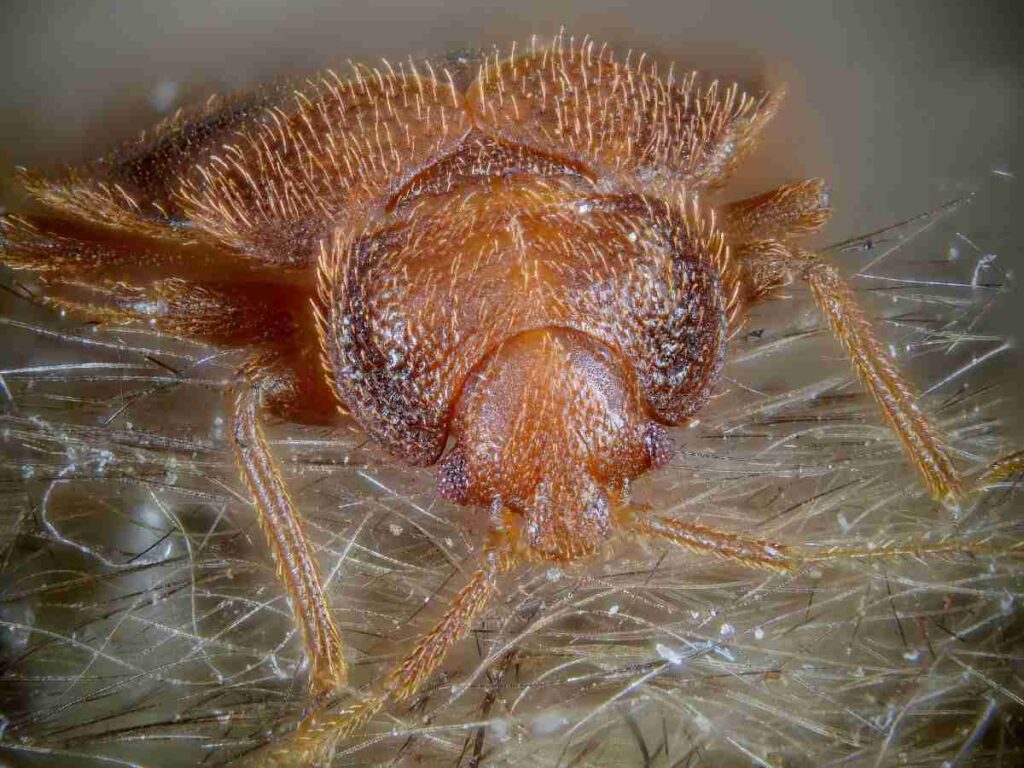LONDON PEST CONTROL AVAILABLE 24/7
LONDON PEST CONTROL AVAILABLE 24/7
One of the most unwelcome ‘guests’ in your home are bed bugs. And once you have an infestation or suspect an infestation, you want the problem removed asap. Some people choose the DIY approach, but it is rarely successful. This is because it is hard to find all the areas where bed bugs are infesting your home and then you are faced with treating these areas without spreading the infestation to other rooms – a massive challenge no matter how careful you are.
The purpose of this article is to explain where bed bugs live, where they hide, how an infestation can spread, and how they lay their eggs.
Bed bugs will take up residence in your home in the many nooks and crannies beside your bed. For example, they love residing in the cracks and crevices in your walls and skirting boards.
Around the bed you will find them near the piping, seams and tags of the mattress and box spring. They are breeding in the cracks in the bed frame, and they love headboards especially padded ones.
In a heavily infested room, you can find them in all the soft furnishings. So, pay particular attention to skirting boards, bed frames, cushions, curtains and even sometimes items of clothing such as jumper and hats. If you believe you may have bed bugs see some of the most tale signs here.

Bed bugs are nocturnal insects. They are mostly active at night, biting and drinking blood meal as we sleep. During the daylight hours they hide in the tiniest cracks and crevices because of their sensitivity to light. They can easily stick to any surface including your mattress, clothes and the walls. Bed bugs don’t nest and they hide from humans in your clothes, soft furnishings or any suitable dark place.
They are also attracted to the body heat of their hosts so pest control experts like Dyno-Pest use low-level heat to draw them from their hiding places so they can be exposed and tracked. We use active heat traps to coax the bed bugs into the open.
Here are the most common causes:
Bed bugs are hardy, unpleasant bugs that can spread rapidly from bedding, pillows and mattresses to carpets, upholstery, and curtains, even the clothing in your wardrobes and drawers. They live and breed in the cracks in your skirting boards, the crevices in your bed, in your power sockets and underneath your carpets quite happily for several months whilst they breed.
They spread easily from room to room simply through normal every day activities including:
As you can see, any room with bedbugs is unlikely to remain the only room in the home that has the infestation. As time goes on the likelihood of all rooms being infested grows.

Because bed bugs primarily feed on the blood of humans you are most likely to find their eggs in your bed or close by. This means they are likely to be visible on the mattress seams and joints and around the headboard especially if it is upholstered and attached to the wall. These spaces offer bedbugs some degree of darkness and safety. It is reassuring to know that bed bugs can’t lay eggs on your skin or hair.
Their eggs are quite easy to spot because they are white and laid in clusters.
If you think you have a infestation spotting the common signs of bed bugs early will be advantageous.
What you think are signs of bed bugs may well be correct, but it is worth bearing in mind that because other types of bug can resemble bed bugs it is worth taking a few photographs of the tell-tale signs and of the bugs themselves. Show them to a professional before going any further.
For most people upon realising they have a bed bug infestation, their first instinct is to call in the professional bed bug ‘exterminators’. This is because DIY treatments are unlikely to succeed for many reasons not least the fact that it is challenging to find all the bedbug infestation hot spots and to then apply a solution that will safely treat an entire home, room by room. Dyno-Pest have over 25 years’ experience successfully treating homes and businesses for bed bugs using heat treatments and environmentally responsible applications.
